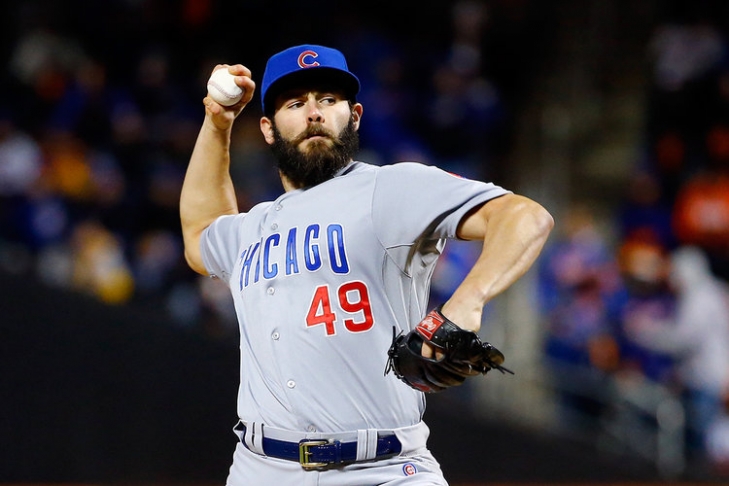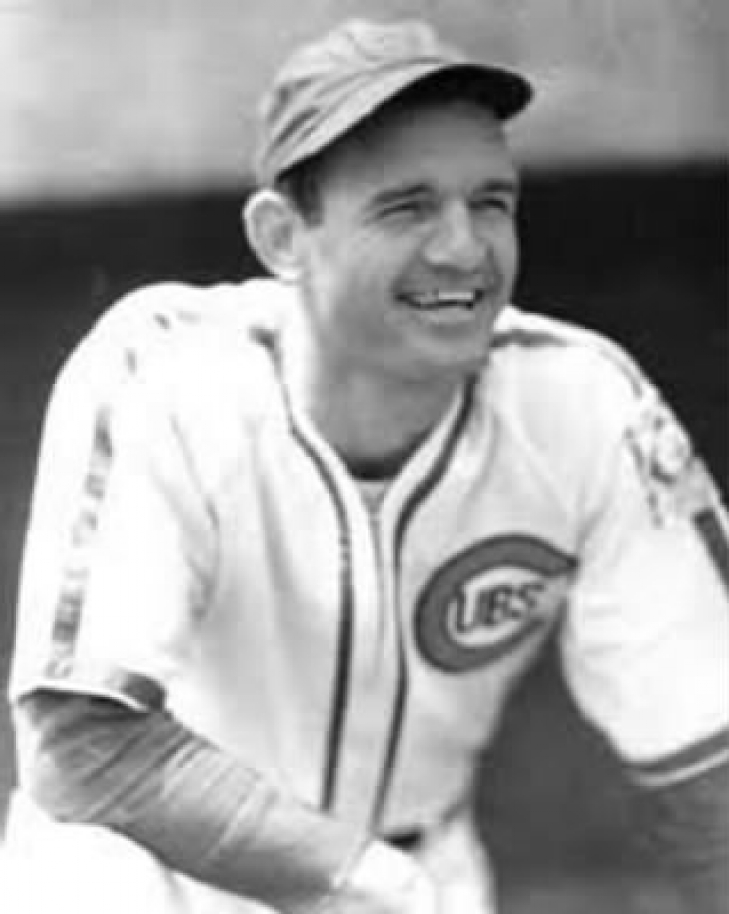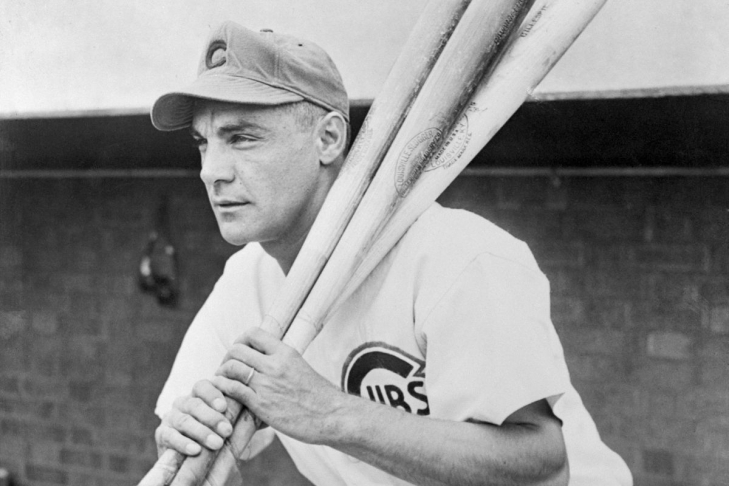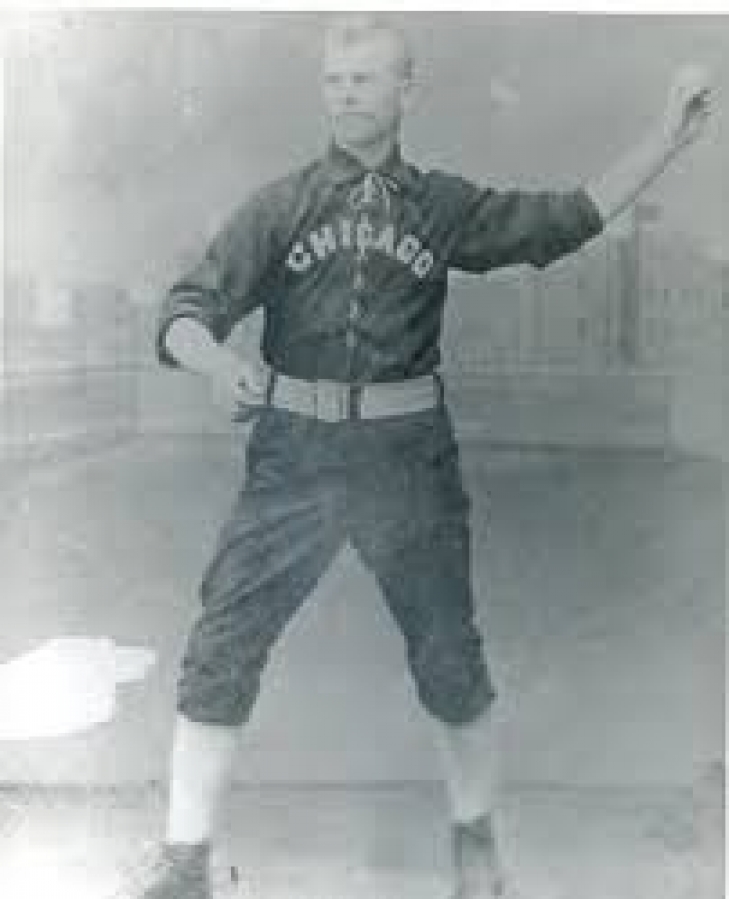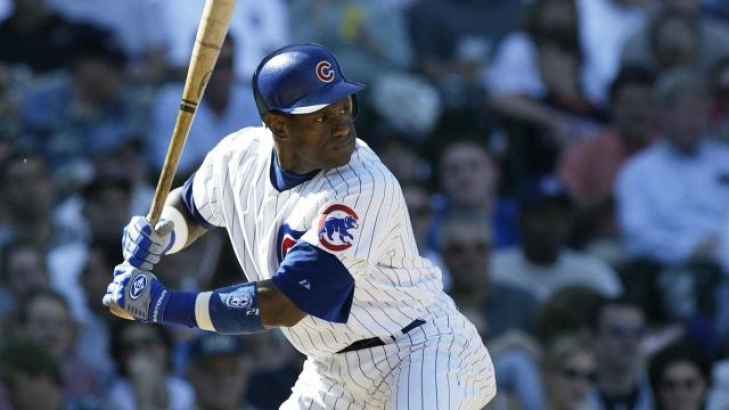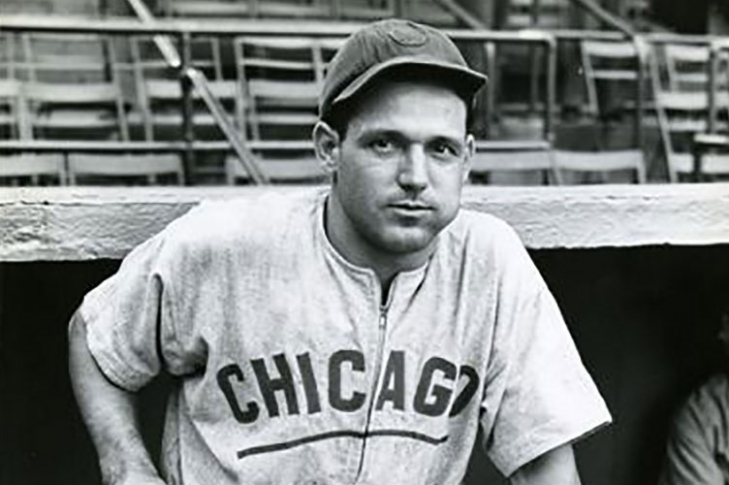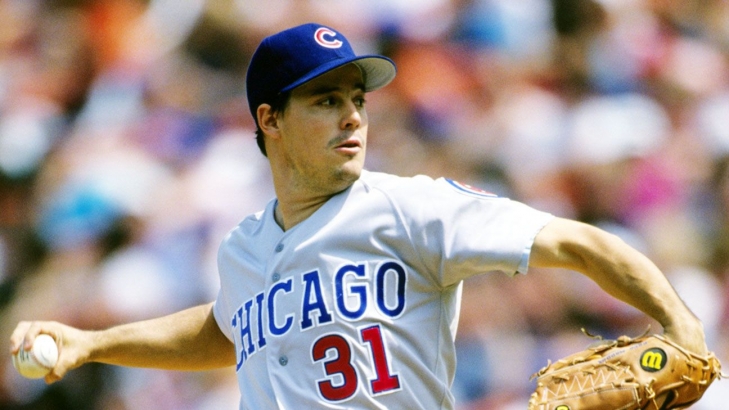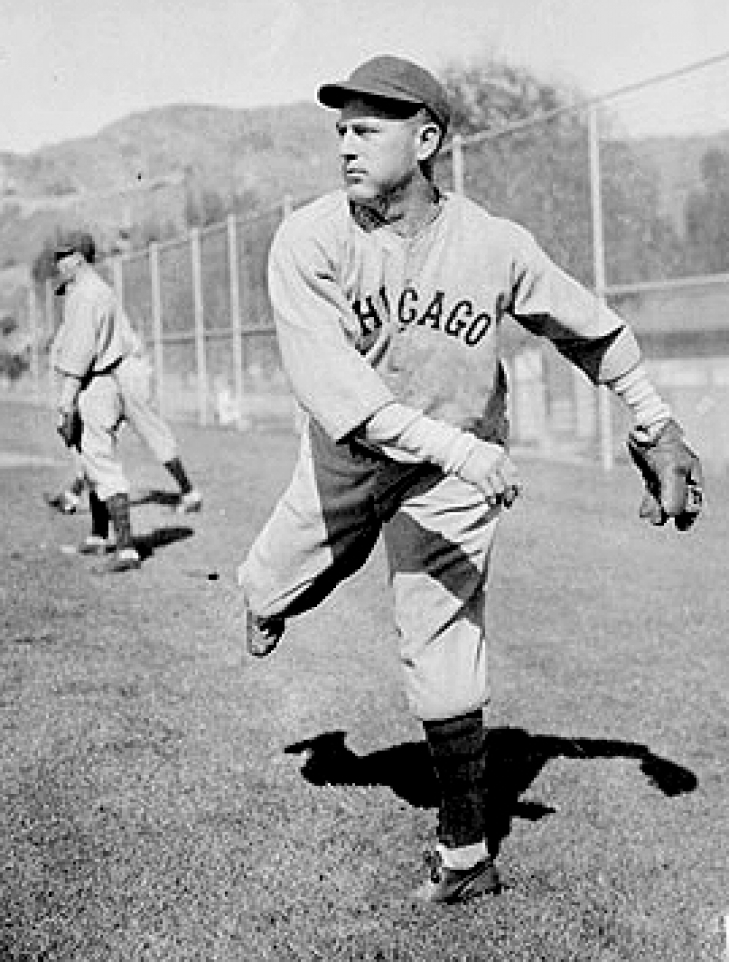50. Jake Arrieta
It is safe to say that midway through the 2013 season that when the Baltimore Orioles traded Jake Arrieta (with Pedro Strop) for Steve Clevenger and Scott Feldman that the Cubs got the better end of the deal.
40. Kiki Cuyler
30. Claude Passeau
22. Johnny Evers
We finally get to the third of the famed "Tinkers to Evers to Chance" with the middle component, Johnny Evers, who was considered by his peers as one of the most intelligent and also surly baseball players of the Game. Evers would win the starting Second Baseman's job in 1903, and while he was not always known for hitting for Average near the end of the decade, he was developing an incredible batting eye, and he had his first of three .400 OBP seasons in 1908. Evers was a vital cog of the back-to-back World Series titles in 19097 and 1908, and he batted .350 in both of those Fall Classics. He would become the Player/Manager for Chicago in 1913, but he was fired and took the same job with the Boston Braves. Ironically, Evers would win the National League MVP in 1914, the first year that he was not with the Chicago Cubs. He would also win his third World Series Ring.
21. Phil Cavarretta
Chicago selected Cavarretta for their franchise Hall of Fame in 2021, the inaugural class.
25. Jimmy Ryan
Ryan was one of the many former Cubs named to the franchise Hall of Fame in 2021.
31. Lon Warneke
Lon Warneke was relatively ineffective during the beginning of his run as a Major League Baseball player. This would change when Cubs Manager Rogers Hornsby noticed that he was staring at his feet rather than at the plate when he threw. That correction turned him into an also-ran to an MVP runner-up.
6. Sammy Sosa
The Cubs fleeced their cross-town rival White Sox when they acquired Sammy Sosa for George Bell as Sosa would become one of the best offensive players of his day while Bell was on his way out of the game.
24. Bill Hutchinson
18. Bill Nicholson
This is as good a time as any to remind everyone that we don't put substantial penalties those who put up their best statistics during World War II when many of the game's greats were serving in the military. It does play a bit when we focus on intangibles, but it is about what they do on the diamond and not what is going on around them, which is paramount in our eyes.
19. Joe Tinker
It began with Joe Tinker, at least that is how the poem goes of Tinker to Evers to Chance in regards to turning double plays for the Chicago Cubs in the 1900s.
12. Billy Herman
A multi-time All-Star, Billy Herman helped the Chicago Cubs reach the World Series three times. Chicago may not have won any of the Fall Classics, but he was a vital cog in the machine that brought excitement to Wrigley Field for a decade.
17. Frank Chance
One third of the famed Cubs infield of Tinker to Evers to Chance, Frank Chance was the final cog of that triumvirate playing at First Base.
9. Mordecai Brown
If you didn't agree that Fergie Jenkins was the best Pitching Chicago Cub, then we guess that it was Mordecai "Three Finger" Brown that you would give that title too.
29. Greg Maddux
Greg Maddux is always thought of first as an Atlanta Brave, but it was with the Chicago Cubs where he first rose to prominence. Maddux started slowly with Chicago, but the talent was there, and in 1988, his third year in the Majors, he was chosen for the All-Star Game with an 18 Win season. He was solid for the next three seasons, winning 19, 15, and 15 Wins, and in 1992, he would lead the NL with 20 Wins and had an ERA of 2.18. He would win the National League Cy Young Award that year, would go to his second All-Star Game, and he had won his third straight Gold Glove. Sadly, for the fans at Wrigley, Maddux was a Free Agent, and talks broke down, and he signed with Atlanta winning the next three Cy Youngs. Maddux would, however, return later for two more seasons in 2004.
16. Mark Grace
Mark Grace was drafted in the 24th Round of the 1985 Amateur Draft, and generally, when you are chosen that low, you aren't expected to do much at the Major League level. Nobody seemed to have conveyed that to Mark Grace.
20. Clark Griffith
Clark Griffith would be one of the most consistent Pitchers of the 1890s, where, as a member of the Chicago Colts/Orphans, he would have six straight seasons (1894 to 1899) of at least 21 Wins. Griffith won 152 Games for the franchise and was the ERA leader with 1.88 in 1898.
13. Rick Reuschel
Nicknamed “Big Daddy” for his portly physique, Rick Reuschel is now viewed as a sabermetric star, and most of those accomplishments took place as a Chicago Cub.
11. Charlie Root
Many great Pitchers have toiled on the mound for the Chicago Cubs, but none of them have recorded more Wins than Charlie Root, who brought the “W” 201 times.
15. Hippo Vaughn
Vaughn was chosen in 2021 to be a part of the inaugural Cubs Hall of Fame.


